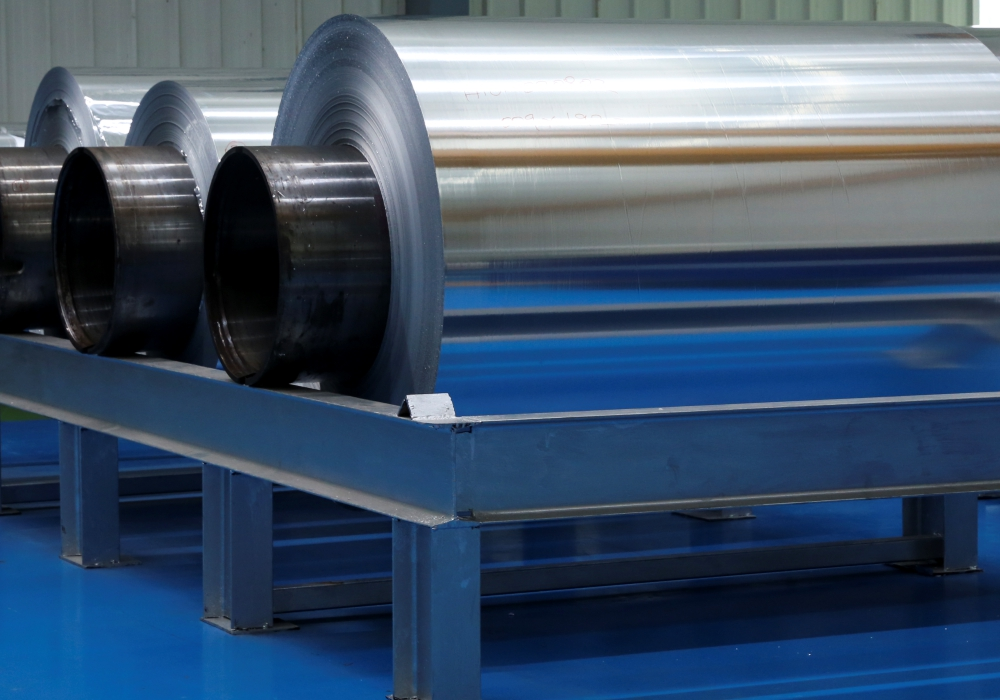Aluminum foil quality: final annealing
Aluminum foil is a critical material for bundling businesses. It is omnipresent in many bundled item frames, for example, milk or squeeze containers and the rankle packs apportioning drug tablets. No contending material has had the option to match its blend of formability, printability, and brilliant obstruction properties, making aluminum foil amazing with regards to safeguarding and saving our intricate food supply chains.
Despite the fact that aluminum foil has been made for above and beyond a hundred years, the development of top-quality foil for changing over applications actually has components that are not generally perceived or which are without a reasonable, normal logical comprehension. Makers depend on keeping up with the soundness of cycles created through experimentation some time in the past. In any case, little changes in the store network or cycle can cause abandons that are challenging to investigate.
The last strengthening of meager foil is an illustration of an inadequately perceived process with countless various variables that can communicate to create positive or negative outcomes. It is perhaps the most basic activity in foil fabricating with an immediate effect on client execution. It's likewise a restricting variable in the accessibility of more extensive foils.
Subsequent to tempering, there is a fine harmony between fragmented degreasing which prompts bond issues during the transformation cycle, and poor loosening up quality which causes tears or openings in the material when loosened up by an end client. The two occasions bring about curls being gotten back to the provider.
About the aluminum foil coil
To see the value in the basic idea of the last strengthening stage, we first need to comprehend a little about the curl and what befalls remaining moving oil during the tempering system.
A loop of 6-micron thick converter foil is a long way from being strong; there is a hole between layers of under 1 µm, which makes the powerful thickness of the curl lower than the aluminum.
Just in the wake of snaking this hole will be mostly loaded up with lingering oil from the plant. In the wake of strengthening it ought to be filled predominantly with air. During the time spent the last temper, oil necessities to disintegrate and move through the width of the curl to the edges through this little hole. This distance depends on 800 mm from the focal point of the loop to the edge of the curl. The material science of the oil dissemination through these holes is far from typical liquid elements, and the pathway looks like more a permeable design than a passage. Since the metal harshness is of a similar significant degree as the hole, this tangles the way the oil needs to permeate.
The air hole between laps, the loop math, oil qualities, temperatures, and fume pressure apply areas of strength for an oil expulsion. Moreover, the science of the oils and the added substances utilized during the moving of aluminum foil items implies the elements and energies connecting with the adsorption to the surfaces should be thought about completely.
Factors influencing toughening execution
Group tempering is perceived as a rough, defective non-homogeneous cycle. Until now, elective compound or plasma cleaning methods haven't had the option to give a functional, practical in-line answer for eliminating the remaining moving oil in flimsy foil.
The elements influencing tempering execution range the whole moving interaction:
Moving factories generally leave some lingering oil on a superficial level that should be taken out. Tailor-made control frameworks attempt to downplay this remaining oil and homogenously circulated, yet except if an oil-free moving procedure is created, it will continuously be an issue. Oil science and weighty oil tainting assume a key part in deciding oil dissipation energy so typically the science and upkeep observing framework is critical to quality. Understanding the existing pattern of the oil through tainting, reusing frameworks, and filtration will permit observing to be advanced. Factory support and levelness control will likewise be instrumental in downplaying issues.
Separators will straightforwardly influence snaking thickness and the calculation of the long, flimsy way the oil needs to follow to leave the loop. Harmony between a steady curl without a telescope and a wide interleaf space should be found in a cycle including aspects of a negligible portion of a micrometer.
Foil tempering times are in many cases the longest in the entire aluminum business for certain works enduring as long as seven days. Temperature cycles, barometrical control, and cleansing should be tuned with the energy of oil species evacuation to give an ideal surface for transformation, while simultaneously limiting negative changes to the foil oxide layer.
Aluminum Foil Manufacturer England - We are a leading Supplier & Exporter of Top Quality Aluminum Foil in England. We have Aluminum Food containers, Blister, and Strip Pack Foils.


Comments
Post a Comment